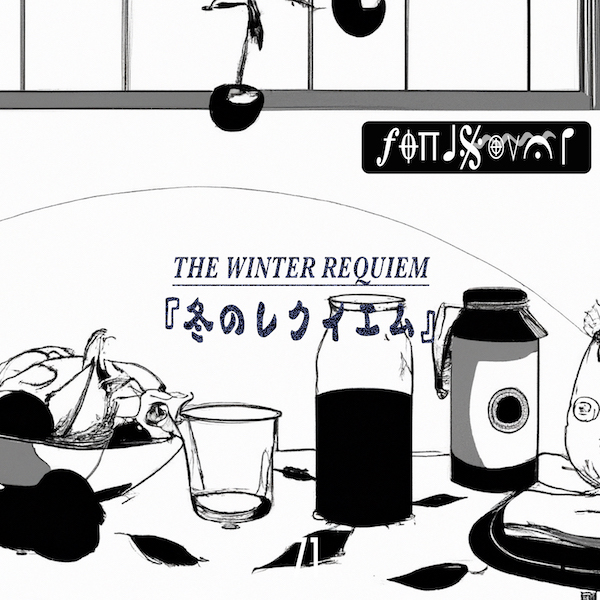
Isn’t it funny the things that make us emotional? For me — I’m unafraid to share — it seems it’s experiencing “beautiful” things. It’s something I’ve pondered lately: “Why do I cry when I hear music that’s, quite simply, beautiful?” It’s something that pulled me to create my latest mix for LYL Radio. In the music of Maria Kawamura, Toshihiro Nakanishi, and Yuriko Nakamura, and more, I felt something unique and stirring.
Neoclassicism was this term birthed in the “Age Of Enlightenment” as a means to look back at Western, foundational history, philosophy, design, and policy and try to look at it through this prism of modernity. In response to the maudlin cues of “Romanticism”, in backlash to the needlessly ornate and preciousness of the Rococo, way back when, theorists tried to “democratize” ivory tower aesthetics/philosophy and bring high-minded, monumental experiences at eye-level to anyone.

Take a trip to Washington D.C. and walk through the U.S. Capitol. View a portrait of Jacques-Louis David’s The Death Of Marat. And you’re bound to experience something powerful. It’s the idea that certain things and certain compositions are timeless, seemingly, existing in their own meter.
What all this long exposition all alludes to is that Japan had a unique scene of its own. You hear it in the music of Toshifumi Hinata. Your hear it in the gorgeous technical phrasing of Hajime Mizoguchi, Masatsugu Shinozaki, of Naoko Kawai’s The Gentle Wind. These are musicians who grew up with the Suzuki method. These are listeners who bothered to learn the vocabulary expressed through a classical music education. Yet, these were young composers, arrangers, and contributors, who never lost sight of why some of the great pieces in music speak “universal”: melody.

Strip any song bare of its adornment. Part the layers of musical atmosphere and texture. In the songs that, I think, linger the most in your air, you’ll find that the space between one note to another, where one pitch joins with the other to harmonize, a beautiful, grand design — a still life, teeming with life. A whole universe on a string.
The Winter Requiem
Tracklist:
Joe Hisaishi (久石譲) – The Winter Requiem
Hajime Mizoguchi (溝口肇) – A Giraffe And The Moon
Toshifumi Hinata (日向敏文) – Late At Night
Maria Kawamura (川村 万梨阿) – 春の夢-Sanctus
Shakuyaku Trio (芍薬トリオ) – カミーユの白鳥 (Le Carnaval Des Animaux-Fantaisie Zoologique)
Satsuki Shibano (柴野さつき) – Rayures Venitiennes
Toshihiro Nakanishi (中西俊博) – ラ・パーラ (La Perla)
Kiminori Atsuta (熱田公紀) – Quiet Dream
K2 (島健) – 積み木 (The Blocks)
Masatsugu Shinozaki (篠崎正嗣) – Polka Dots Whale On The Desert (砂漠の水玉鯨)
Kazuo Uehara (上原和夫) – 華麗なる大円舞曲 (Waltz No. 1 “Grande Valse Brillante” In E Flat Major Op. 18) (F/S Edit)
Kazuo Uehara (上原和夫) – ノクターン第20番 (Nocturne No. 20) (F/S Edit)
The Gentle Wind (ザ・ジェントル・ウインド) – The Time Between Me And Waves (1St Movement)
Akira Senju (千住明) – 孤独な戦争
Yuriko Nakamura (中村由利子) – モンスーン (Monsoon)
Yukie Nishimura (西村由紀江) – 木漏れ日の中で
Tomoyuki Hayashi (林知行) – The Forest
Editor’s note: Cover image in post and other images generated by Dall-E 2 AI with prompts by author. “Cover” image reimagined by author for post.
